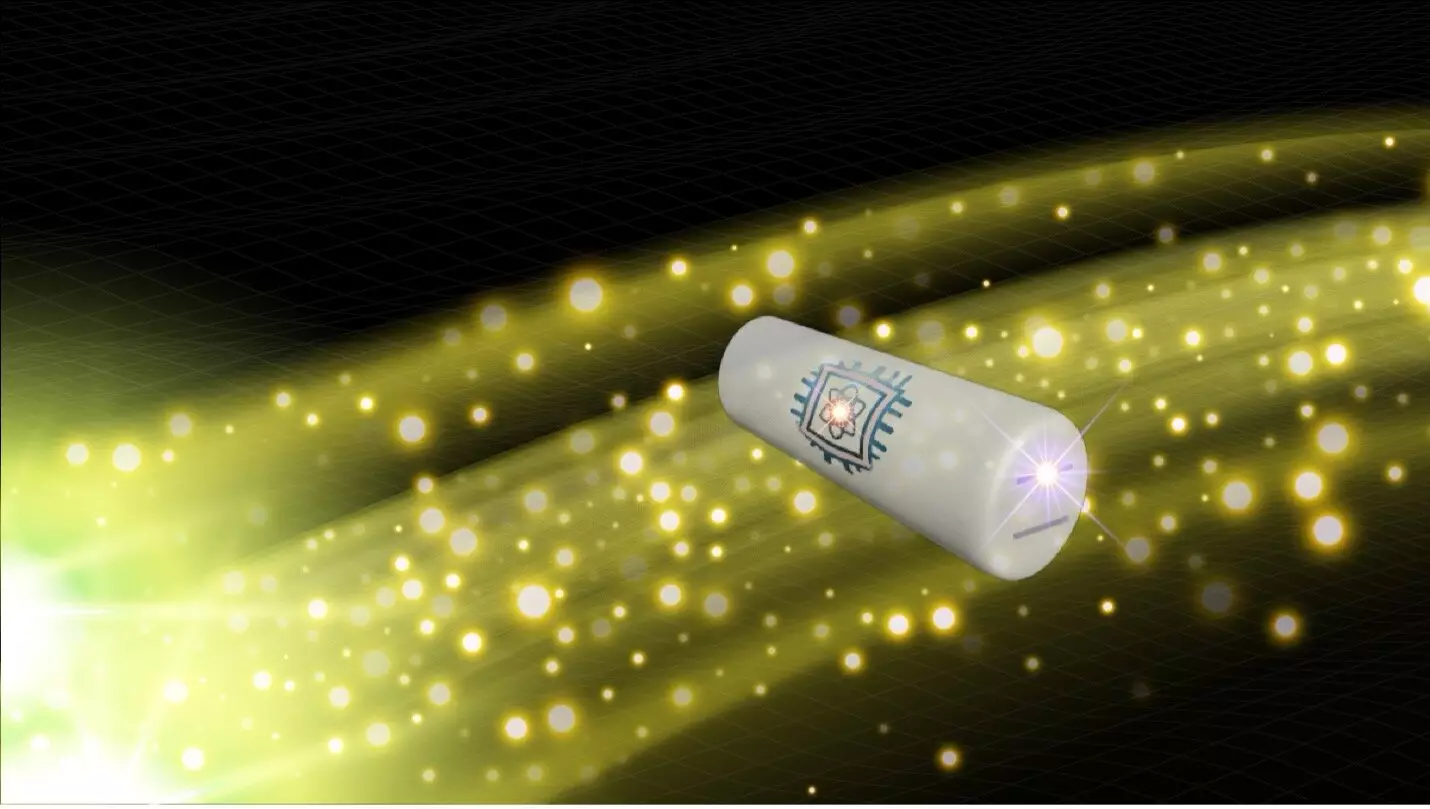Gravity, one of the fundamental forces of nature, has long captivated the minds of physicists. Despite the profound advancements in our understanding, particularly through the work of Albert Einstein over a century ago, the search for a quantum theory of gravity remains elusive. While we’ve achieved remarkable insights into the nature of time and space—such as gravitational waves, time dilation, and black holes—the puzzle of how gravity operates at the quantum level has thwarted researchers. Recently, a groundbreaking study led by Igor Pikovski, a professor at Stevens Institute of Technology and allied with Stockholm University, posited the possibility of detecting individual gravitons—the hypothetical particles that might be the building blocks of gravity.
The team’s publication in *Nature Communications* comes as a beacon of hope, offering a fresh perspective on a question that many physicists believed would forever remain unanswered. Gravitons represent the quantum foundation of gravity, akin to how photons serve as the quantum units of light. Detecting these elusive particles has appeared almost fantastical due to their extraordinarily weak interaction with matter, leaving scientists to speculate about the nature of gravity and its quantum underpinnings.
Pikovski’s team, comprising graduate students and postdoctoral researchers, suggests an innovative experimental setup that combines modern quantum sensing techniques with existing technology like acoustic resonators. By leveraging advanced quantum sensing, they propose a method to observe interactions between matter and gravitational waves at a level previously thought impossible. Their method draws an interesting parallel to Einstein’s photoelectric effect, where discrete energy changes are observed in the interaction with electromagnetic waves.
The crux of their proposal lies in monitoring minute energy fluctuations in specially designed materials calibrated for extreme sensitivity. When coupled with quantum enhancements, these materials can potentially register interactions with single gravitons through what the team aptly calls the ‘gravito-phononic effect.’ This breakthrough could allow scientists to witness the absorption of gravitons as these quantum jumps manifest in observable energy changes.
Integral to Pikovski’s approach is the use of data collected from gravitational wave detectors like LIGO (Laser Interferometer Gravitational-Wave Observatory). While LIGO has enabled substantial progress in confirming the existence of gravitational waves from cataclysmic cosmic events, it has not been designed to detect individual gravitons. However, by cross-correlating LIGO’s findings with their proposed detector, the team believes they can isolate events characteristic of single graviton interactions.
The ingenuity of this proposal stems from a confluence of mathematical modeling, creative problem-solving, and advancements in quantum technology. For years, many in the scientific community had dismissed the possibility of conducting experiments capable of revealing graviton signatures outside of atomic interactions. However, recent breakthroughs in observing quantum phenomena in macroscopic objects have opened a new frontier for experimentation.
Despite the promising theory, the team faces significant hurdles. The requisite quantum sensing technologies necessary to detect the specific mass levels capable of indicating graviton events do not yet exist. The existing sensor technologies have captured quantum jumps in lighter materials, but achieving this for the mass levels relevant for graviton detection remains a challenge.
Nonetheless, there is palpable optimism within the research community. The rapid evolution of quantum technologies has already shown that previously unattainable experiments can transform into plausible ventures. The encouragement expressed by team members emphasizes their belief that progress within quantum sensing could soon yield the tools needed to capture the elusive graviton.
Furthermore, a pivotal component of this undertaking hinges on the ability to utilize historical data from previously detected gravitational waves to inform and assist in refining the detection apparatus. As researchers attempt to expand upon this work, collaborations between institutions and cross-disciplinary efforts will play a crucial role in overcoming the technological barriers that currently hinder progress.
The pursuit of detecting single gravitons represents an exhilarating intersection of theory and practice in modern physics. Pikovski’s team’s groundbreaking proposal could illuminate our path toward a profound understanding of gravity’s quantum aspects. While challenges abound, the very notion that this experiment may become a reality lends testament to the indomitable quest of scientists to decipher nature’s most intricate mysteries. Should these efforts succeed, the implications for physics and our comprehension of the universe could be nothing short of revolutionary. The future of quantum gravity is brimming with potential, and the race to uncover its secrets continues.


Leave a Reply